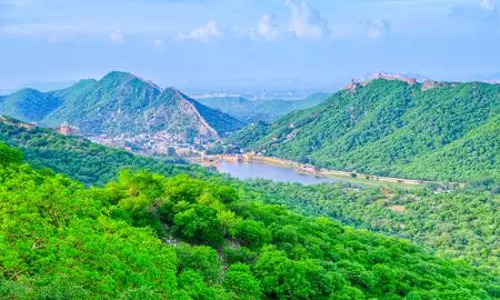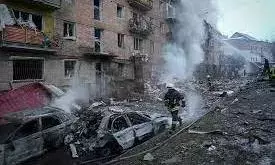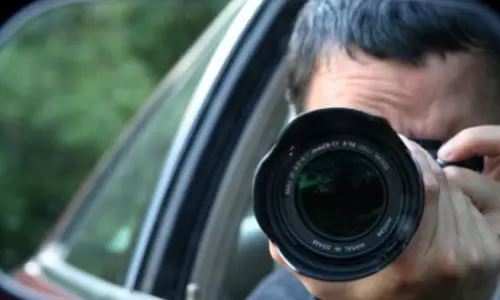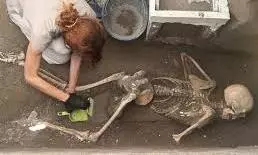
Newly discovered skeletons in Pompeii reveal final moments during Mount Vesuvius eruption
text_fieldsArchaeologists have unearthed the skeletal remains of a man and a woman in Pompeii, shedding new light on the harrowing last moments of those who perished in the catastrophic eruption of Mount Vesuvius in A.D. 79.
The discovery offers a vivid glimpse into the final acts of desperation as the city was engulfed by volcanic ash and debris.
The remains were found in a small room within the ancient city. The woman, believed to be between 35 and 45 years old, was discovered near a bed, surrounded by valuable personal items, including gold coins, a pair of gold-and-pearl earrings, and a key. The positioning of her body and the presence of these items suggest that she may have been trying to gather her most prized possessions in a frantic attempt to flee the impending disaster. This poignant detail highlights the tragic reality faced by many as they tried to escape the eruption.
The findings were documented in the E-Journal Scavi di Pompei (Pompeii Excavations).
In stark contrast, the young man, estimated to be between 15 and 20 years old, was found in a tight corner of the room, crushed by a collapsing wall. His proximity to an exit suggests he might have been attempting to escape but was tragically unable to do so. While the relationship between the two individuals is unclear, their proximity in the room indicates they shared the same terrifying final moments.
The room where the skeletons were found also contained various objects, including a bed, a chest, a stool, and a service table cluttered with glass, bronze, and ceramic items.
Using plaster casts, archaeologists were able to reconstruct the original positions of these objects, providing a clearer understanding of the room's layout and the victims' actions as they faced the disaster. This careful reconstruction work offers a rare and intimate look into the personal choices made by Pompeii’s residents in their last moments.
These discoveries add to the growing body of knowledge about life and death in Pompeii, deepening our understanding of the human experience during one of history's most devastating natural events.






















